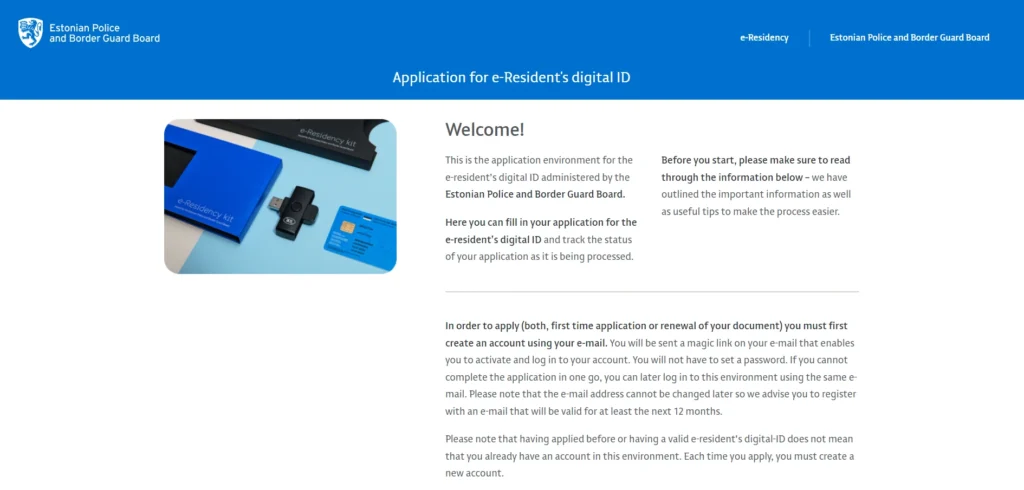Entre Trámites » Research » Spain: Road to a Post Notarial System – The Estonian Lesson
Summary
This article examines Spain’s costly notarial system, which consumed €1.8 billion in 2022, despite the potential to eliminate 80% of procedures by adopting Estonia’s efficient practices. It questions the relevance of this centuries-old system, originally designed for an illiterate population in a pre-computer era. This article advocates for a transition to a more streamlined post-notarial system, drawing inspiration from Estonia’s model.
In 2022, Spaniards spent €1.8bn on notarial fees, costing 0.13% of GBP on notarial fees. This may not seem like an overwhelming burden, but once you realize that 80% of these procedures could be eliminated by copying the best practices of countries such as Estonia, you start to question the whole need for this centuries old system of verification established in 1255. Notaries were a critical part of the Spanish legal infrastructure, creating a trusted system of validation of documents long before telegram, phone lines or central computer servers existed. Notaries enabled land rights, commercial contracts and government approvals to function with relative agility without the need for technological revolution. Even more basically, until the late 19th century, Spanish literacy rates did not surpass 50% in any region of Spain and on average stayed below 20% until the 20th century (Tapia, Diez-Minguela, Martinez-Galarraga & Tirado-Fabregat 2022). In other words, today we use a validation system designed for an illiterate population in a pre computer age.
To build a replacement system for the current notarial system is a massive and complex task, and too much to touch upon in the following couple of thousand words. As such, I am going to focus my attention on one area of the notarial system which presents a critical barrier to the development of a dynamic economy in Spain. The system of mercantile registry. During our investigations at Entre Trámites Research, we discovered that Estonia manages to perform almost every mercantile procedure conducted in Spain without the need for any notary or equivalent human signatory. Through their digital infrastructure, they have created a system where companies can be set up and fully registered by a citizen in less than an hour with registration with the tax authorities, social security, and mercantile registries. All are validated through the digital identity card that any Estonian citizen, resident, or e-resident has access to.
We mapped out all 72 procedures performed by notaries related to legal persons and companies and found that at least 45 could be eliminated by adopting the Estonian e-governmental system. Even more astonishingly, these 45 procedures that could be eliminated were found to make up 694,142 of the 737,535 procedures performed by notaries in 2022 related to legal persons and companies. 94.1% of procedures could be eliminated saving millions of hours and €89.8mn for the entrepreneurs of Spain. A tax cut for entrepreneurs, at no cost to the Spanish government.
Below you will find a summary of the 5 most costly procedures to the Spanish economy which could all be pushed online eliminating significant additional costs to the Spanish entrepreneurial ecosystem:
Most costly notarial procedures (Group 19)
These costs above only identify the direct costs of notarial services. However, under the current structure of mercantile procedures, the notary then needs to send the prepared paperwork for validation and centralisation at the respective mercantile registries. This adds further paperwork and fees which cost more on top of this.
A simple example of this is the cost of the termination of one company director and the instatement of a new company director. This would cost in Notarial fees maybe €60.10 + €54.09 = €114.19. Beyond that, when registering the charges and the new position, there would be 2 separate mercantile registry fees of €24.04 each for the resigning administrator and the newly instated administrator. I.e. adding a whopping €96.16 = 4 x €24.04 of additional costs. Therefore simply changing administrators will cost you around €210.35.
Whereas this procedure can be performed in Estonia free online using their digital infrastructure with no need for 3rd party human validation by the mercantile registry. Blacklisted directors are automatically blocked and flagged, while 99% of perfectly eligible administrators are simply added to the digital log. This saves not just the notarial and mercantile registry costs, but also the need for the entrepreneurs to lose hours of their day traveling and not generating economic activity and further income.
The above is just one example, but repeated across the board becomes an incredibly heavy burden for the Spanish industry. Furthermore, if we run a lazy assumption, mercantile registry costs are almost identical to notarial costs. You can almost double the cost of these notarial procedures to see the true cost of a non-digitized company incorporation system.
So I bet you are wondering, how on earth Estonia has managed to radically simplify company incorporation, changes in company articles, and all of these boring bureaucratic procedures.
Estonia’s digital government evolution began in the early 2000s, propelled by a series of initiatives aimed at modernizing its public services. The cornerstone of this transformation is the X-Road, a secure data exchange system inaugurated in 2001. It serves as the backbone for Estonia’s e-Government infrastructure, enabling secure communication between various databases and systems across government institutions. This innovative platform facilitates efficient and secure data sharing, fostering the seamless delivery of services to citizens and businesses. Estonians today with their digital access card can validate their and counterparty identities.
This is even accessible to Estonian e-residents: residents of overseas countries who register with the Estonian government to be able to set up an Estonian company online to avoid dealing with the bureaucracy in their native country. This has become so popular that over 100,000 people have registered as e-residents in Estonia to avoid having to deal with the notarial and bureaucratic systems. So the Estonians have made it not just possible but also accessible to foreign residents who have never stepped foot in Estonia.
In Estonia, all you do is log on to a simple online platform and perform your change directly online. Below is a little screengrab of the Estonian government website to see how truly simple this is:

Now there is some good news for Spain in this article.
Spain has already embarked on one of the most ambitious programs for digitisation and this has resulted in the massive rollout of the personal digital certificate, as well as combined physical and digital certification of lawyers across Spain. This has laid the groundwork which could enable the rollout of a Spanish equivalent of X-road, using the FNMT digital certificate infrastructure.
CIRCE, which is the semi-digitized company incorporation system could be opened up so that regular Spanish citizens could access this without any need for a PAE virtual. Instead of sending the information to a notary for signature. CIRCE could submit the information directly to the mercantile registry, the company incorporation could be processed almost instantaneously and a PDF of the company incorporation documents could be sent straight to the company owner. You would lose the emotional moment of signing those company incorporation documents. But few entrepreneurs would shed a tear.
Notaries with their expertise could be hired and paid by the Spanish government to help design this validation system and we could grandfather the existing notaries by limiting new entrants. As it would not be fair to rid them of their livelihood in a shock, recognizing all the value of their works in the prior decades.
Following the publishing of our extensive analysis of the costs of the notarial system. This is the first of a series of articles, laying out the costs of the notarial system and the opportunities brought by reform.
The future is bright, we must embrace it.
Notes: Beltrán Tapia, F., Díez-Minguela, A., Martinez-Galarraga, J., & Tirado-Fabregat, D. (2022). TWO STORIES, ONE FATE: AGE-HEAPING AND LITERACY IN SPAIN, 1877-1930. Revista De Historia Economica – Journal of Iberian and Latin American Economic History, 40(3), 405-438. doi:10.1017/S0212610921000033


